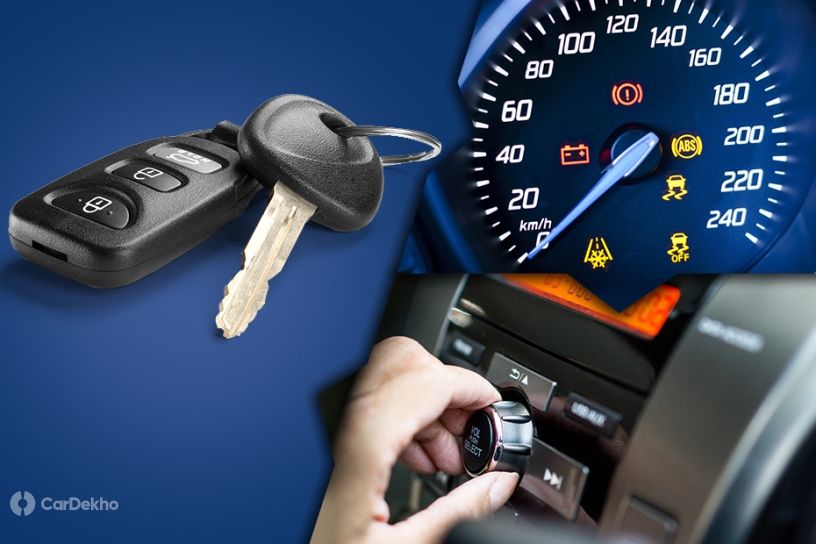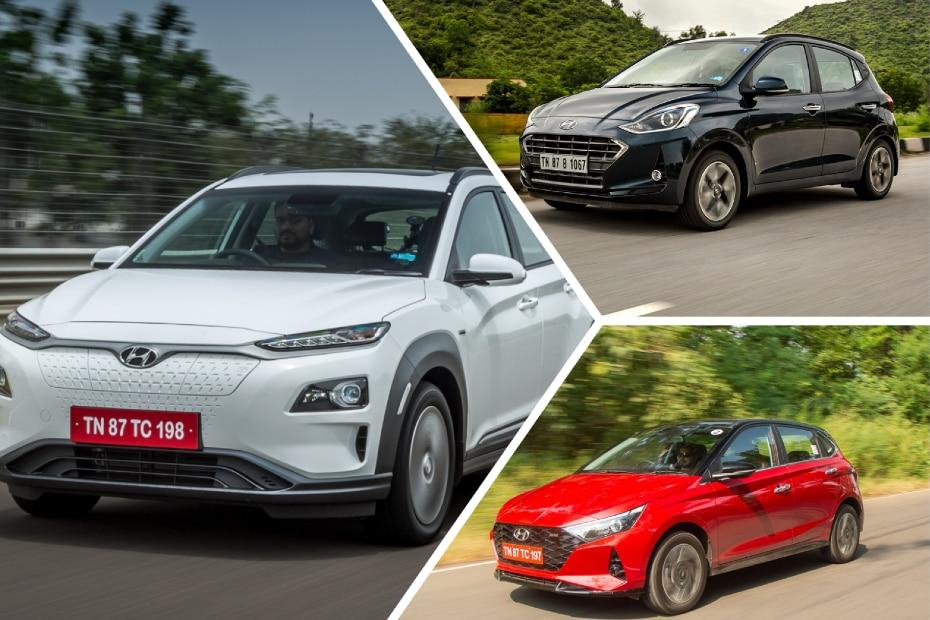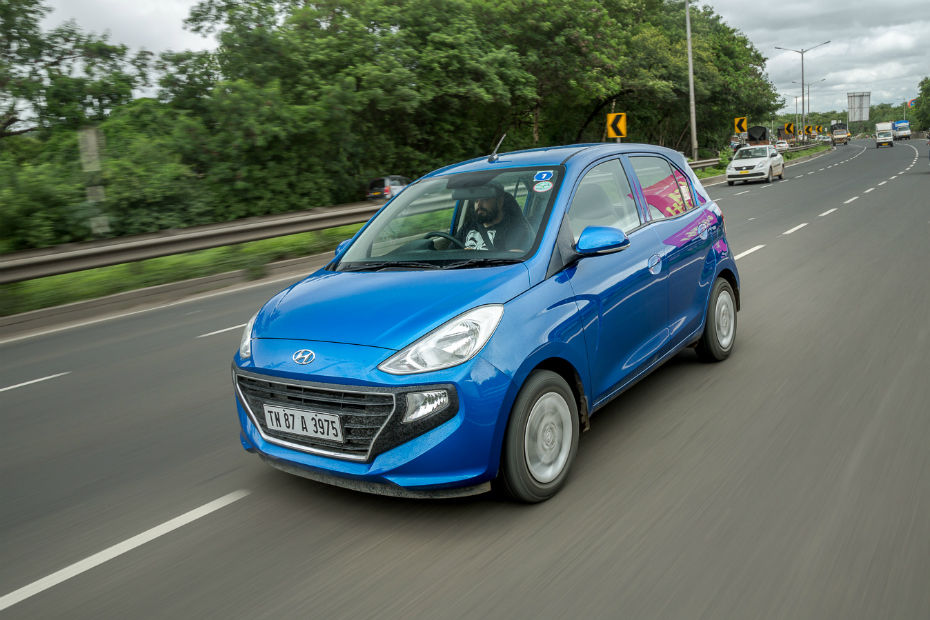8 Features You Will Miss In Cars In The Near Future
Published On Mar 21, 2020 12:00 PM By Dhruv Attri
- Write a comment
Technological advancements will soon render some of these features that defined cars for us useless

Given that India was a closed economy until 1991, most of the cars we saw on our roads were quite basic in nature. Unless your parents or relatives had the money to afford a Mercedes, then your experience with cars was probably limited to squeaky door handles, hard winding window cranks and cassette players that worked intermittently. And safety features? Well, airbags or ABS systems were just unheard of back then.
Things took a major turn for the good in the 2000s when mass-market cars began featuring power windows, air conditioning and power steering, at least as an option. But it was the last decade that will serve as a cornerstone for all the advanced features that began trickling down from luxury brands to the more affordable ones.
Take the Kia Seltos for example, it brought a mix of features that were non-existent in the segment a few years ago. They include an air purifier, a head-up display, a 360-degree parking camera, the multi-colour sound mood lighting and an audio system from Bose. As we move forward, even the basic feature list is becoming more refined and there are some that we will have to bid goodbye (not a tearful one, though) to very soon.

Car Keys
Ever locked yourself out of the car or forgot your keys at a friend’s place? Well, all these problems could soon be a thing of the past as the physical key loses its importance. The new-gen Hyundai Elantra will have the option of a smartphone-based digital key that works on NFC (near-field communication) and Bluetooth technology. The connected cars nowadays allow remote lock/unlocking through a smartphone or even from a smartwatch, rendering a physical key as a useless accessory.

Roof Antenna
We can all agree that those pointy whip antennas do no good to a car’s exterior and thus have mostly been replaced by suave-looking shark fin antennas. It’s about time car roofs do away with the shark fins as well for a unit that’s pasted on the windshield for a much cleaner look.
Fun fact: The first-gen Tata Indica featured a windshield-mounted radio antenna.

Gear lever
If you’re a petrolhead, we’re sure you like a slick-shifting gear level stick and the fun of rev-matching that gives you gratification every time you get that perfect shift. But the numbers tilt in favour of those buying cars as a means of convenience which results in the production of more automatics. And as we have seen in automatics over the years, the only job a stick shift is left with is to change modes. Moreover, some manufacturers have even replaced the stick with a rotary dial or simple buttons.
As we are already heading towards an electric future where EVs are bound to utilise an automatic transmission, the gear stick is invariably doomed.

Physical buttons
As the years roll by, more manufacturers are taking the ‘less is more’ approach with their dashboard layouts by minimising the number of physical buttons. Everything is now taken care of by soft buttons or intricate screens that are touch-sensitive. MG Hector’s massive 10.40-inch touchscreen is your point of contact for controlling air conditioning, sunroof, music, and whatnot.

Handbrake
Slightly lifting the lever and then shifting it downwards has been and will be the ritual for most car owners. But all that will soon be a thing of the past with the advent of electronic parking brakes (available in the 2020 Hyundai Creta). It utilises motors on each brake caliper that squeeze the pads into the discs. Your life will be a lot more sorted as it engages/disengages automatically and saves up space inside the cabin.

Drum Brakes
Almost every car sold in India is equipped with front disc brakes. However, a majority of them still utilise drum units at the rear. That said, many mass-market cars have started offering all-four disc brakes as standard, such as the Mahindra XUV300.

Audio System
See how our simple wired headphones have undergone an evolutionary change and reached the wireless earpod era? This technology may have originated from a premium brand at a high price but the smaller, more usable tech is equally, if not more affordable, than the one that it will soon replace.
In the same way, even entry-level cars that so far received only a 2-DIN audio system in their top-tier variant have evolved. The Renault Kwid and the Maruti Suzuki S-Presso’s top variants are now equipped with a touchscreen infotainment unit. Some infotainment units (like MG Hector’s) are already capable of receiving OTA (over-the-air) updates. But as we move forward and the technology becomes more accessible, all this will become the de facto fitment in cars.

Manual AC
Manual adjustment for air conditioning is better left to utilitarian cars as most contemporary offerings have started offering climate control in their higher trims as standard. The Tata Tiago is the most affordable offering with climate control. Connected technology allows you to remotely control the cabin temperature of your car and that is anyway only possible with the ones equipped with automatic climate control.

Analogue instrument cluster
The analogue dials have long been associated with motoring but they have now started making way for LED dot matrix displays or fully digital instrument clusters. These are foolproof and much more advanced than the archaic dials and are much more capable in relaying the drive report as well as the car’s health. The Renault Kwid is the most affordable car with a digital instrument cluster.
Read More on : Santro AMT
6 out of 6 found this helpful















